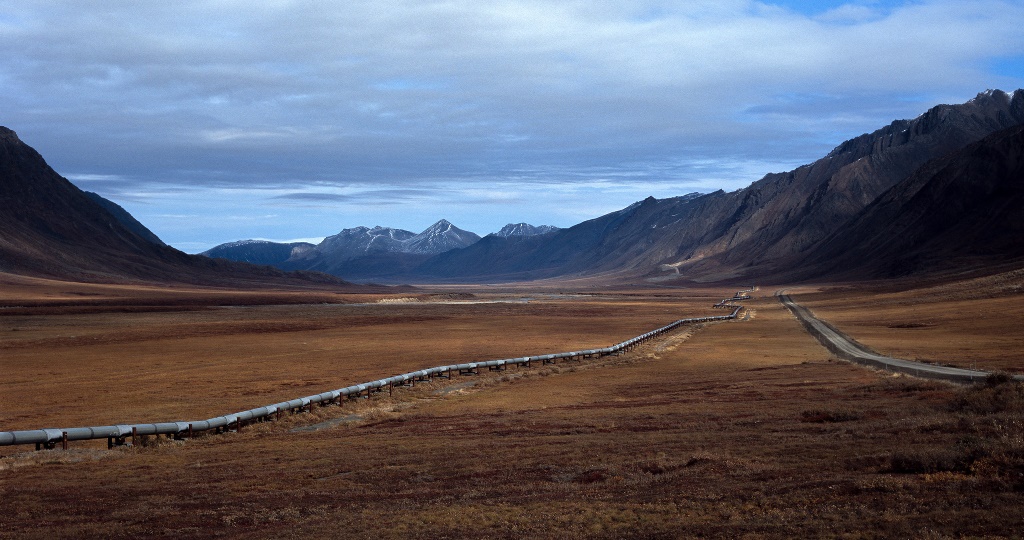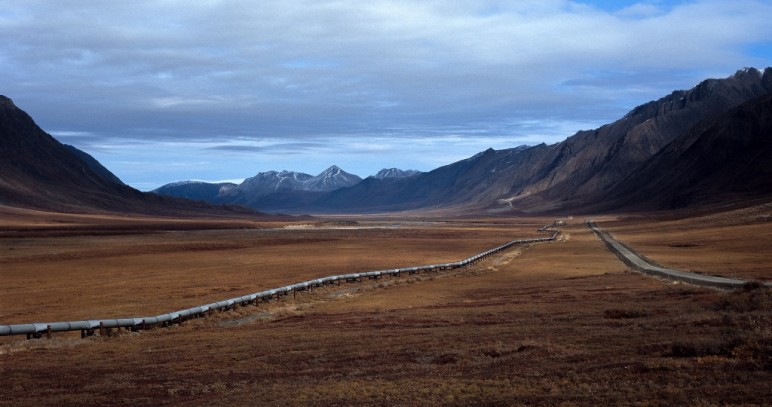Sightline is publishing a new report today: Fracked Fuel and Petrochemical Proposals in the Northwest. It provides the first regionwide inventory of a new class of projects under consideration. Although these proposals encompass an array of fuels and technologies, they share core features: they are possible in large part because of new oil and gas extraction techniques, especially fracking, and they either burn carbon-based fossil fuels or use them for manufacturing plastics and related products.
Although coal export and oil-by-rail have grown intensely controversial, analysts and the media have for the most part overlooked or left unexplored this further category of projects: fracked fuel and petrochemical schemes that would transform the Northwest into a major international shipping hub for fossil fuels and their byproducts. Eight proposals in Oregon and Washington would build new refineries, pipelines, and port facilities to export as much as 16.7 million metric tons of liquefied natural gas (LNG), 27.4 million barrels of propane-like gases, 14.5 million tons of methanol, and 5.5 million barrels of xylene each year.

Original Sightline Institute graphic, available under our free use policy.
Stretching from Coos Bay, Oregon, in the south to Washington’s Puget Sound in the north, the proposed fracked fuel and petrochemical projects pose a range of significant stresses to regional resources. They would consume large quantities of fresh water, create potentially serious safety risks to local communities, release various forms of toxic contaminants into the Northwest’s air and water, and increase the region’s carbon pollution load.
View the full report here and the related press release here.

Original Sightline Institute graphic, available under our free use policy.











Jody McCaffree
Thank you for your report and bringing attention to this issue.
I do see some flaws in your report with respect to the Jordan Cove LNG Export Project. In the third year of operation Jordan Cove has plans to increase their export capacity to 9 million metric tons of LNG. (1.55 Bcf/d). (See FERC Final EIS page 1-13) Jordan Cove already has approval from the Canadian NEB and the U.S. Department of Energy to obtain this amount of natural gas. Because the Coast Guard has limited LNG ships in the Coos Bay harbor to 148,000 cubic meters, this would mean far more than just 2 shipments a week to export the volumes of gas they have planned.
DEQ representatives stated at the March 18, 2014, public meeting held in Coos Bay, Oregon that the LNG ships were not a part of their air permit analysis. Despite this, Jordan Cove’s LNG ships, which would remain running the entire time they are in Port (Final EIS page 4-372), and all their necessary support vessels, would contribute to a significant additional air pollution impact, particularly on local residents in the Coos Bay/ North Bend Area. Many people have moved here to get away from such impacts. These cumulative air pollution impacts should have been included in DEQ’s air quality permit analysis. DEQ should have utilized the worst case scenarios that would occur including a full analysis of various vessel sizes used, number of shipments (which would exceed 90), and all the additional support safety and security vessels and measures that would be needed to safely transport LNG ships in and out of the Coos Bay harbor at full operational levels of the Jordan Cove facility.
Tarika Powell
Hi Jody, Thank you for commenting and providing more information to our readers about the Jordan Cove project.
You’re of course correct that the JCEP applied for permits from the Canadian National Energy Board and the Dept. of Energy to obtain more natural gas from Canada than the quantity it is applying to liquefy and export. As the Department of Energy stated in its permit authorizing JCEP to import the gas from Canada to the proposed plant, 565.75 Bcf/yr “mirrors the maximum annual quantity for which it requested (and was granted) a 25-year export license by Canada’s National Energy Board.” (emphasis added) While the options that project backers are keeping open for the future is also an important topic—and one that we have highlighted in other writings about PNW fossil fuel proposals—this report is strictly an inventory of the current proposals.
In order to export a larger amount in the future, JCEP would have to do a new proposal. Ch. 1 p. 13 of the Final EIS, footnote 17 states,
We will certainly continue writing much more about LNG and diving more into the specific proposals we are seeing in the Northwest, so stay tuned! Thanks again.
Mike Denny
So here we go again with the petrochemical companies along with shipping firms, rail companies and a whole host of local ports, piping companies and tank farm contractors all eagerly pushing for the development of these export facilities to ship all kinds of petrochemicals off to Asia. What will be the long term and short term cumulative affects on the health, ecology, air and water quality of these counties that are being offered these “opportunities” to participate in these shipping /port facilities?
How much money comes from public coffers to support these new facilities? Once installed these chemical facilities will be very hard to close down, clean up or even mitigate for. Keep in mind that most winds along our eastern Pacific coast blow from Asia and are already bring tons of air pollutants back to our shores.
Don Steinke
Columbia Riverkeeper is organizing the opposition in Longview, Warrenton, and Coos Bay.
Chris
One question. Isn’t climate change a global problem? An increase in regional carbon emissions that reduces emissions elsewhere by a larger amount seems like a win.
RedLine Tacoma
RedLine Tacoma is thankful for the reporting by Sightline Institute. Special thanks to Eric de Place and Tarika Powell for researching Tacoma Methanol and Tacoma LNG. You help us inform and alert our communities. Clean air and clean water are human rights. Keeping dangerous petrochemical facilities from setting foot in our communities will help others fight them. We are the red line!
http://redlinetacoma.org/
Ted F
As an outsider looking in (from NZ) I wonder why would the US is so keen to export it’s petroleum resources. Not withstanding the effects on the atmosphere of it’s conversion but the long term effects of shortages in future generations to this energy.
Do the Petroleum companies know something that we don’t about the future needs of this resource. Why is there such a rush to exploit it and get it out of the ground now in this generation when it is having such a detrimental effect on our environment.